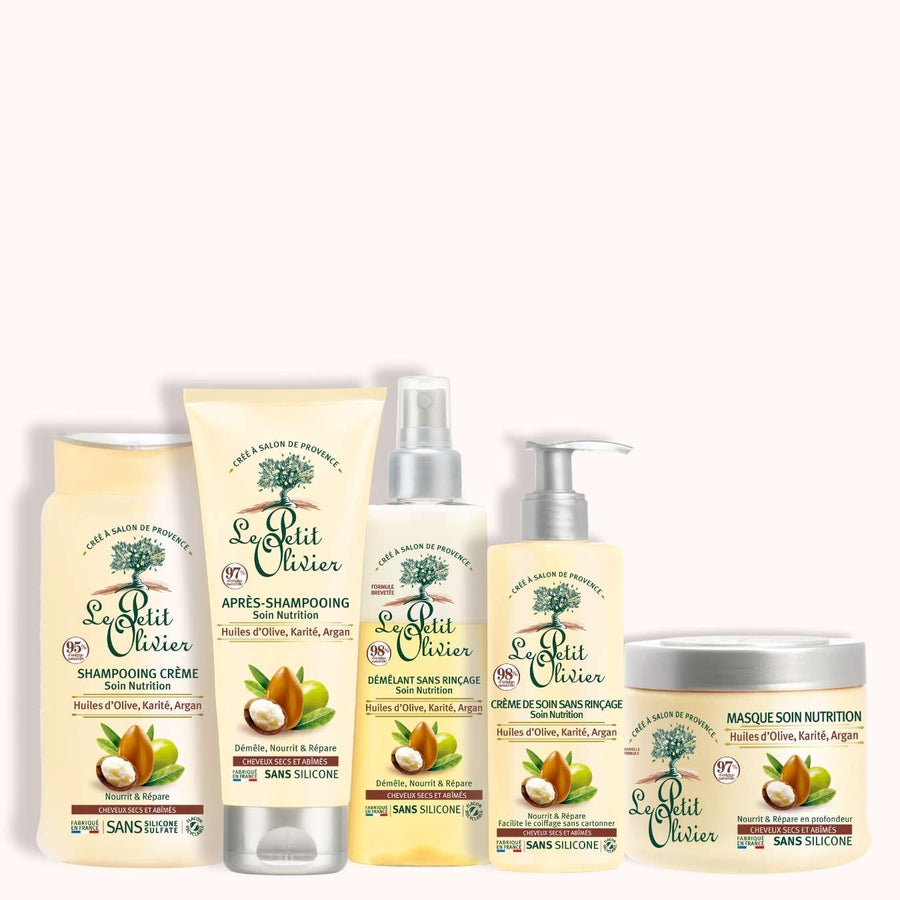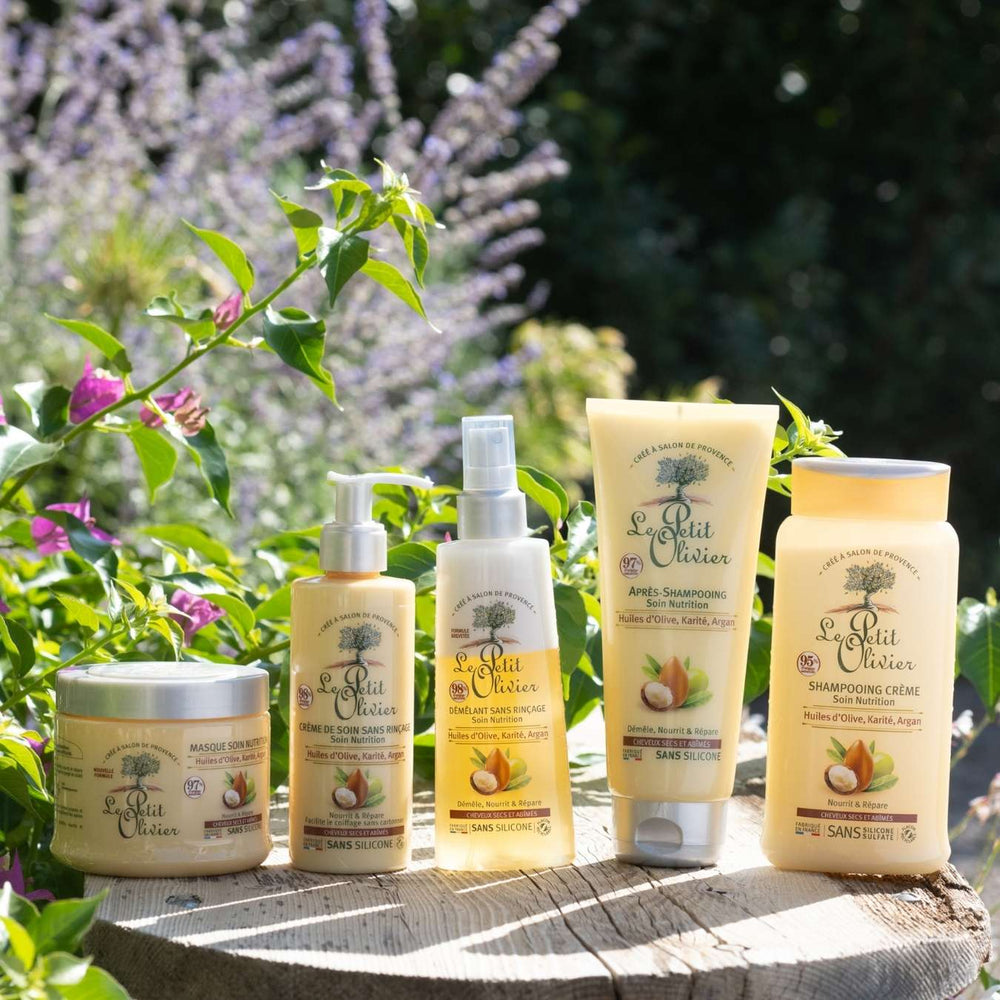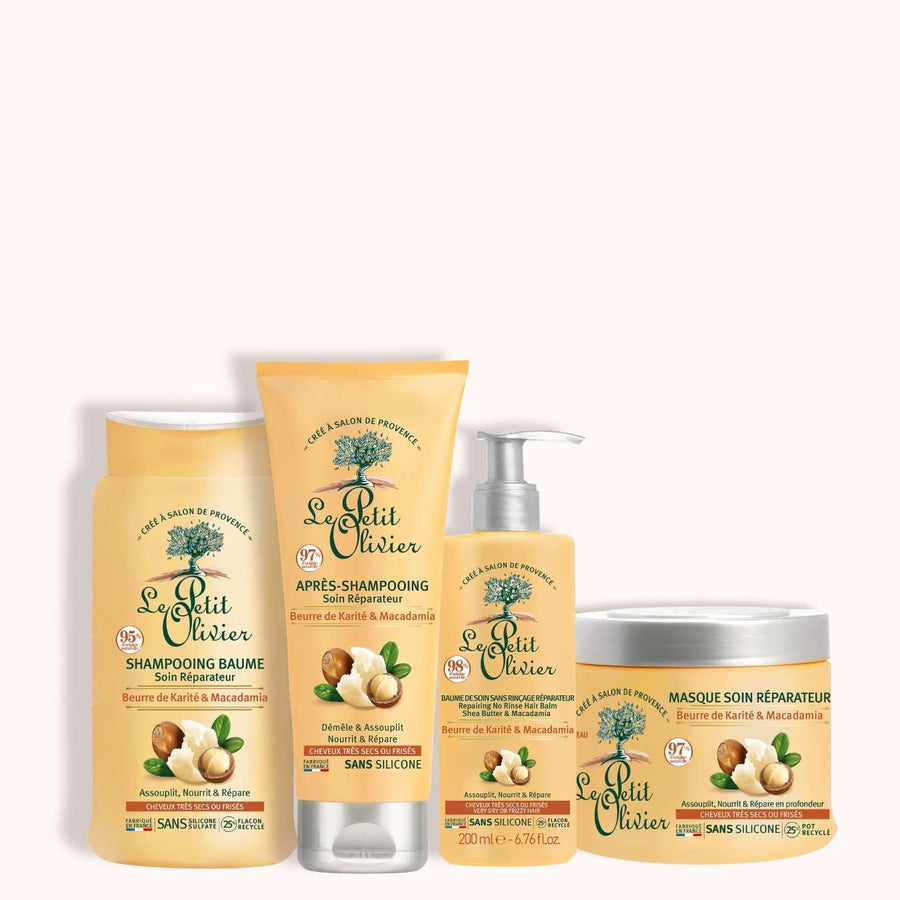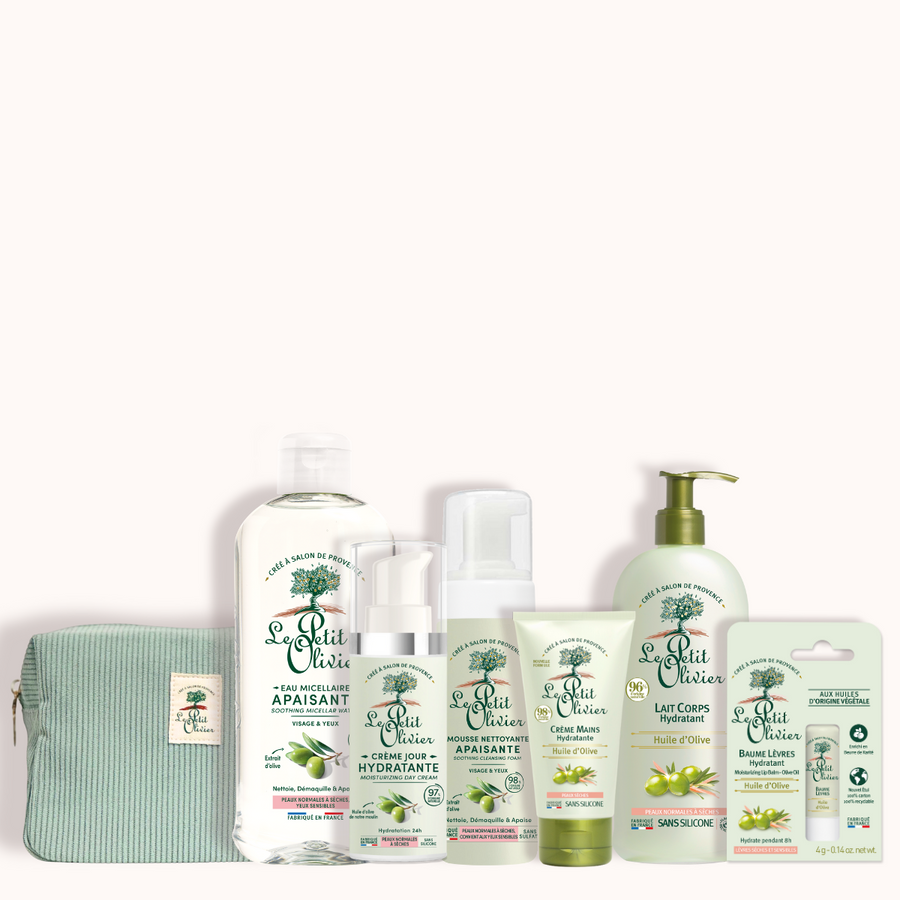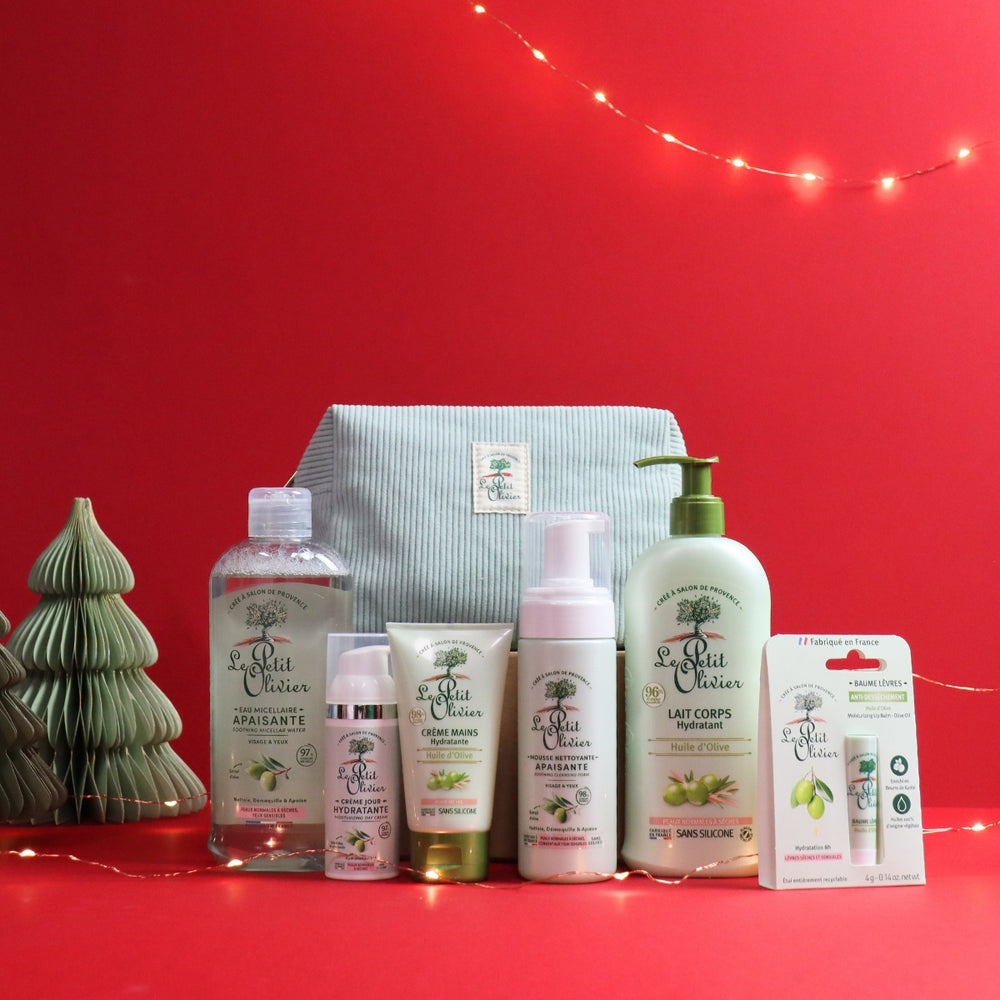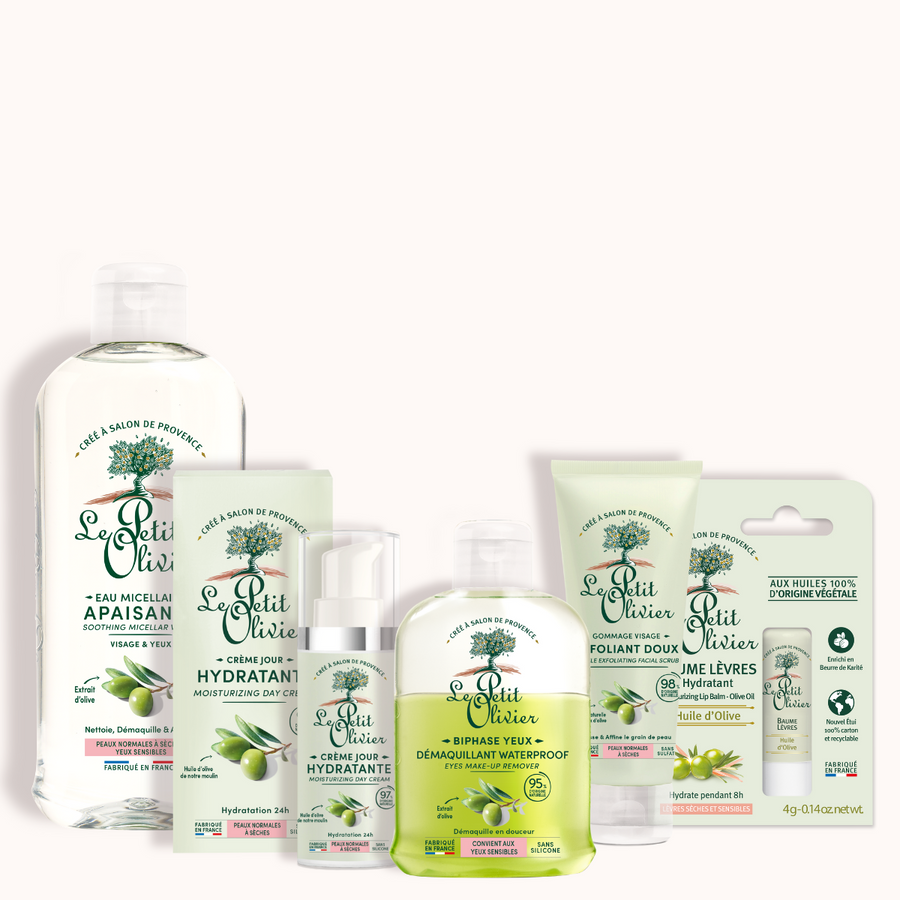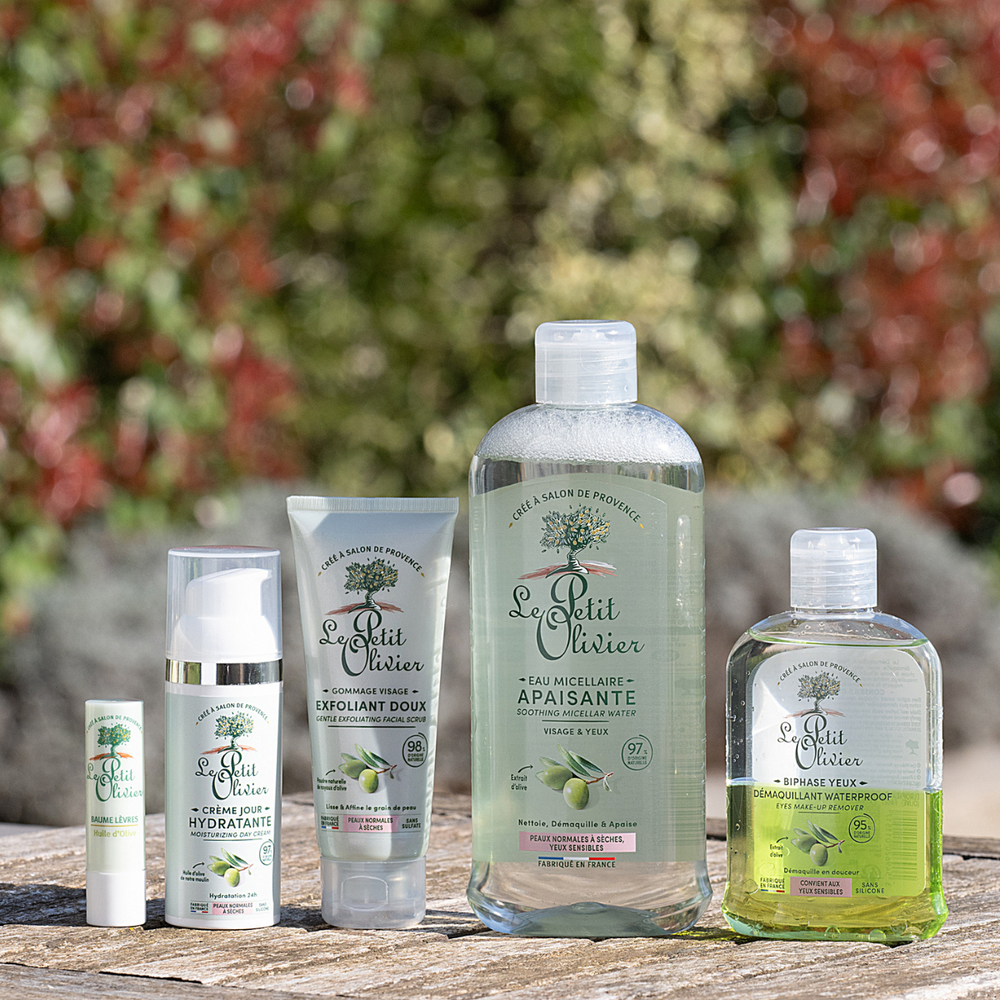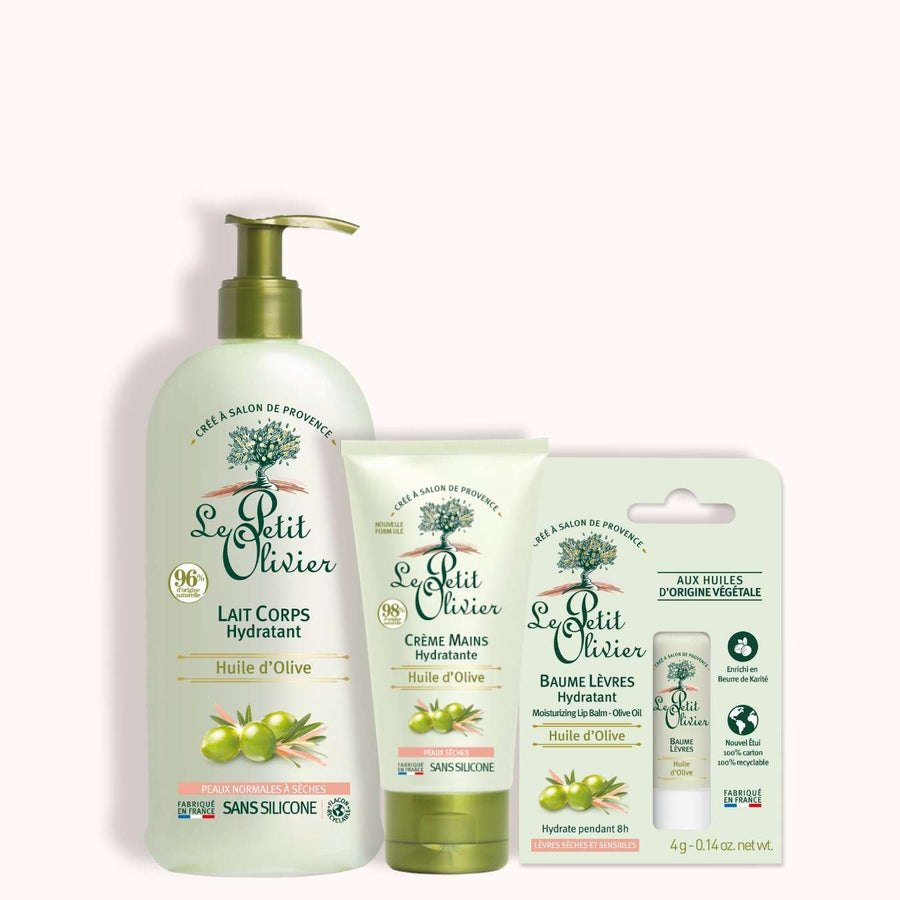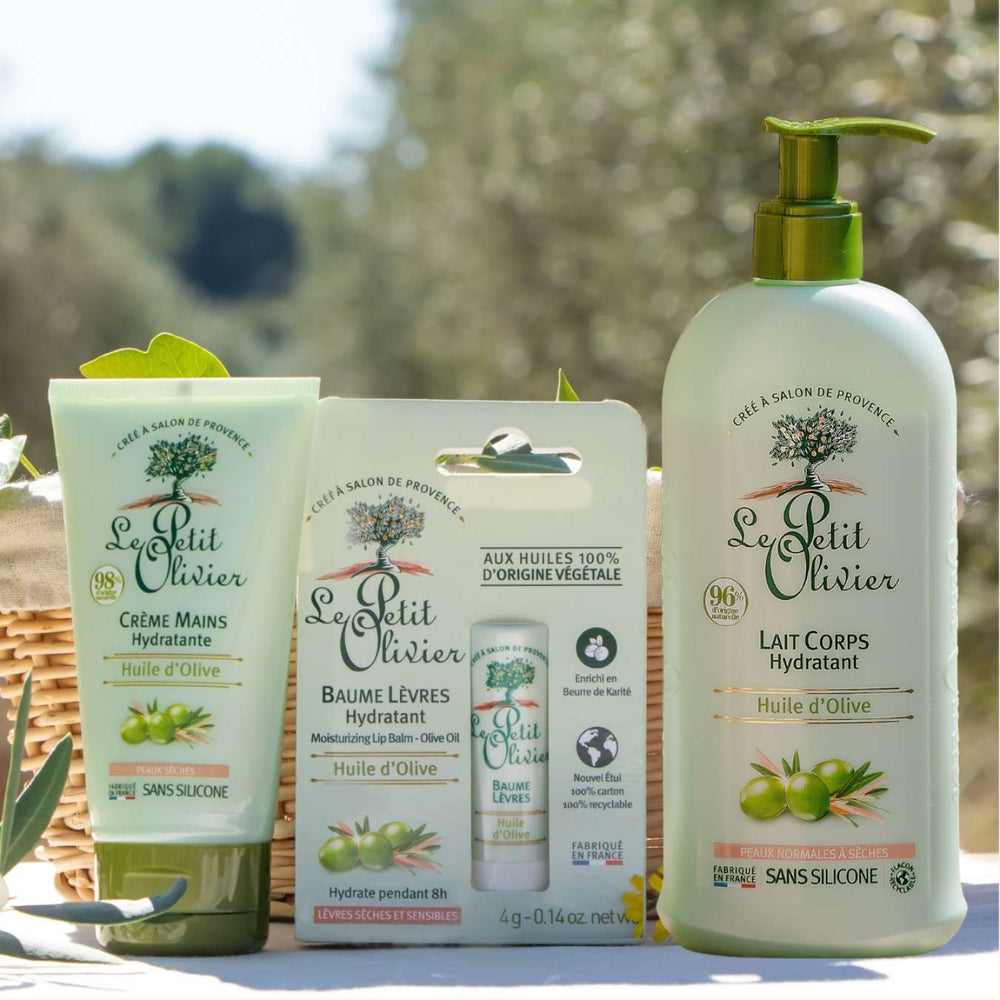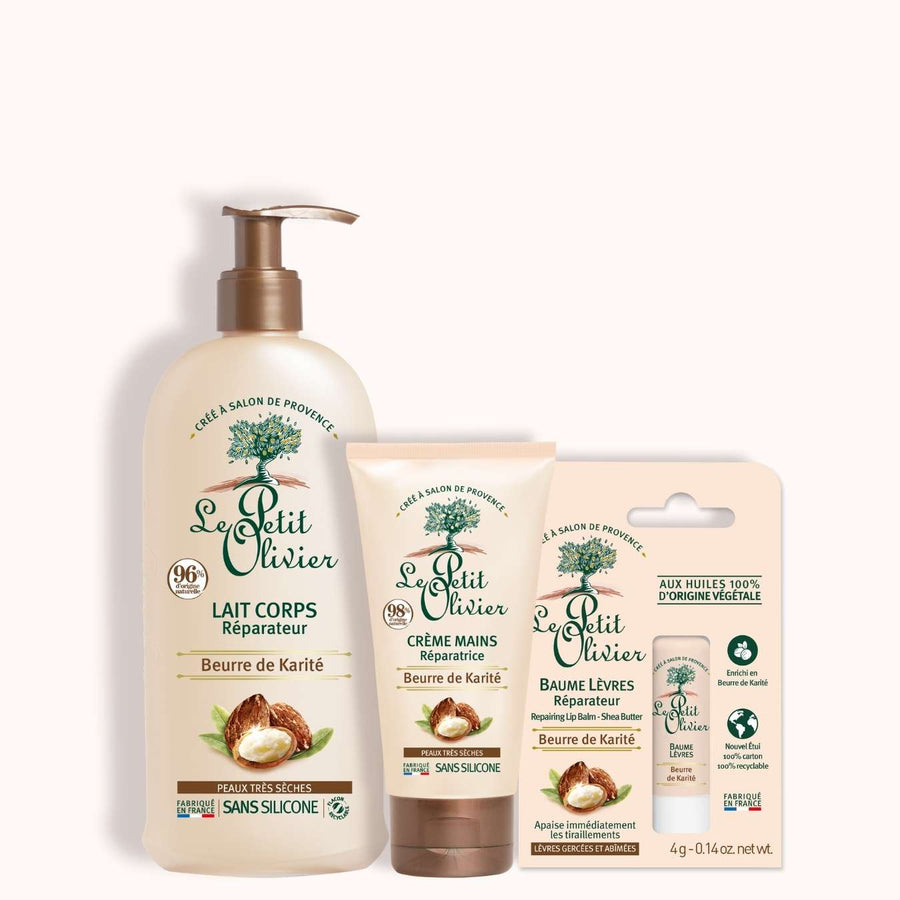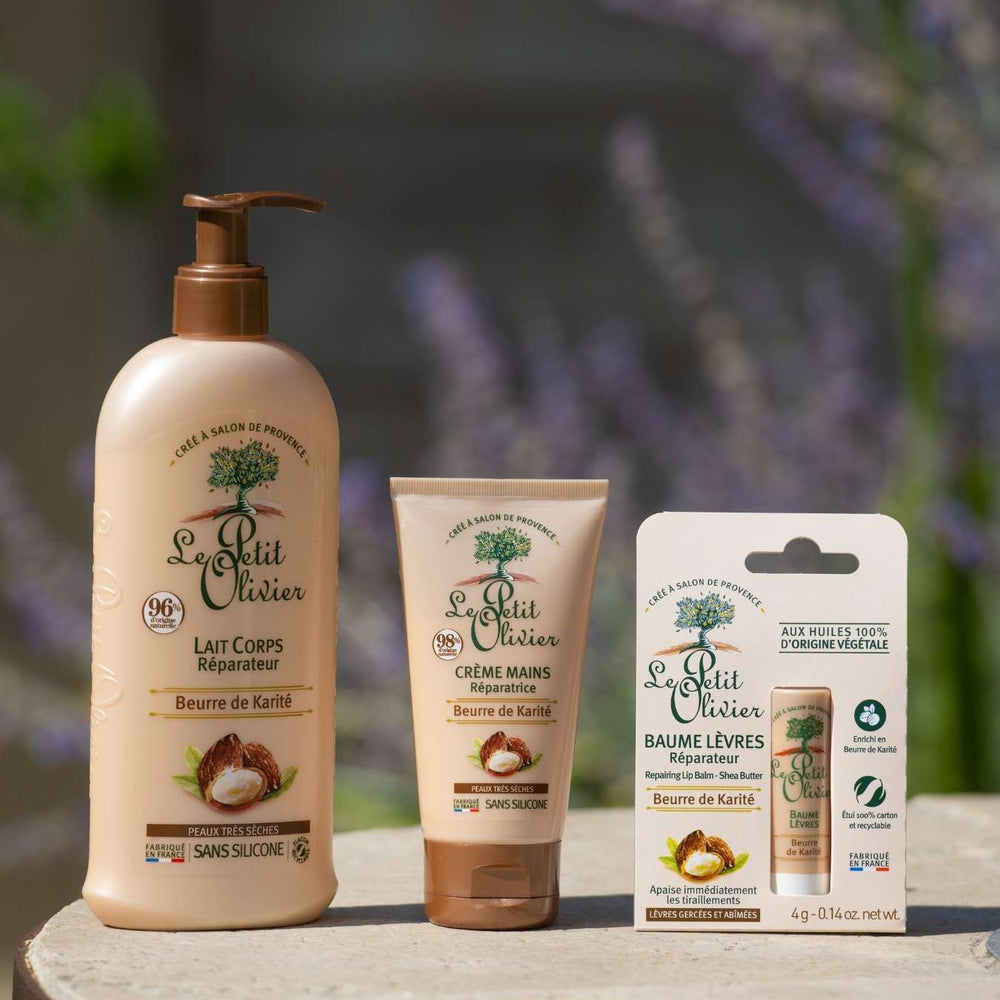How does conditioner contribute to hair softness?
Hair detangler is a precious ally in your hair routine, but how does it really contribute to the softness of your strands? Designed to make styling easier, it works deep down into the hair fiber thanks to its unique composition. As we explore the basic principles of detangler, we'll discover how its active ingredients help moisturize and soften your hair.
Hydration plays a crucial role in achieving a silky texture, and detanglers play an active part in this by retaining the necessary moisture. We look at the key active ingredients that make all the difference between natural and synthetic products, and their impact on hair texture.
We'll also take a look at the precautions you need to take to avoid over-use and choose the right product for your hair type. Finally, we'll compare detanglers with other hair care products to give you a complete picture of their effectiveness.
The basic principles of hair conditioner
Chemical composition of hair conditioner
Hair detangler is distinguished by its meticulous composition, designed to deliver a smooth hair experience. At the heart of this formula, cationic surfactants play a crucial role. These agents have the unique ability to neutralize the negative charges present on the hair fiber, reducing friction and making it easier for strands to slide together. Think of these surfactants as little mediators that ease the tension between your unruly hair.
How conditioner works on the hair fiber
The action of conditioner on the hair fiber is a veritable chemical ballet, with each element playing its part with precision. When applied to wet hair, conditioner envelops each strand in a light film that instantly reduces friction. This phenomenon is particularly beneficial after shampooing, when hair scales are open and vulnerable.
Think of your hair as a field of wheat blown by the wind: when detangler works, it calms this disorderly movement by gently aligning each strand. What's more, by partially sealing these open scales, it also prevents excessive moisture loss, reinforcing the natural elasticity of hair fibers.
It's this subtle mechanism that allows the comb or brush to glide effortlessly through your hair, avoiding the breakage often caused by stubborn knots. In short, detangling doesn't just undo, it repairs and protects, while enhancing the overall appearance of your hair.
The role of conditioner in hair hydration
How conditioner helps retain moisture in hair
Hair detangler plays an essential role in hydration, acting as a veritable protective barrier against dehydration. When applied to damp strands, it forms a light envelope around each hair fiber. This film acts like a shield, preventing the rapid evaporation of water trapped during washing.
The humectants present in detanglers, such as glycerine or aloe vera, have an exceptional ability to attract and hold water within the hair fiber. By capturing this precious moisture, they ensure your hair stays supple and hydrated for longer. Think of these active ingredients as vigilant guardians, ensuring that every drop of water stays where it's needed.
What's more, this moisturizing action helps smooth hair cuticles, reducing frizz and improving overall appearance. Every application of detangler becomes a kind gesture towards your hair, preserving its softness and malleability.
Effect of conditioning agents on hair texture
Conditioning agents play a vital role in improving hair texture. These active ingredients act as true architects of your hair, rebuilding its external structure after each wash. When applied, they bind firmly to the hair fiber thanks to their positive charge, which neutralizes the negative charge left by shampoo.
The effect is immediate: your hair instantly feels softer and is easier to style. What's more, these agents also help reinforce strands' natural elasticity by maintaining adequate hydration. Think of them as invisible hands caressing each strand to restore life and shine.
It's this targeted action that makes all the difference between a simple styling product and a genuine repairing treatment capable of transforming your daily hair routine.
The benefits of conditioner on overall hair well-being
Reduce breakage and prevent split ends
A well-formulated detangler is an invaluable ally in reducing breakage and preventing split ends, the bane of long, healthy hair. How does it work? When applied, detangler envelops each hair fiber in a protective film that reduces friction when brushing. Imagine this film as a light but effective suit of armor, preventing the sudden movements responsible for breakage.
It also helps to smooth cuticles, the tiny scales that cover your hair and which, when damaged or open, can lead to split ends. By sealing these cuticles, detangler limits their degradation while strengthening their internal structure. You may find that your hair becomes more resistant to external aggressions, whether wind or excessive heat from styling appliances.
Enhances hair shine and softness
One of the undeniable pleasures of using a good detangler is the immediate feeling of softness and shine your hair regains. But how does this happen? The secret lies in the active ingredients contained in the conditioner, which work in synergy to restore your strands' natural shine.
These active ingredients fill in microscopic irregularities on the hair surface, creating a more uniform texture that better reflects light. Think of it as gentle polishing: each strand becomes a smooth, shiny surface. This shine is not just aesthetic; it's also a sign of good internal hydration.
What's more, by retaining essential moisture within hair fibers thanks to its moisturizing properties, detangler ensures that your hair remains supple and silky all day long. It's this harmonious combination of protection and care that makes detangler a must-have for anyone looking to enhance their hair while simplifying their hair routine.
Precautions to take when using conditioner
Risks of using too much conditioner
The use of a hair conditioner, whileessential to simplify styling and preserve the softness of strands, requires a certain moderation. Applying too much or too often can weigh your hair down, leaving it looking flat and lifeless. Imagine a delicate fabric overloaded with water: it would lose its natural lightness. Likewise, your hair could become greasy more quickly, compromising its freshness.
To avoid these inconveniences, it's crucial to dose the amount of product applied judiciously. Concentrate on the lengths and ends rather than the scalp to prevent unwanted build-up. In addition, remember to alternate with other hair care products suited to your hair type to maintain optimal balance.
Detanglers and hair types: choosing the right product
Every type of hair has its own particularities and deserves individual attention when it comes to choosing a detangler. Do you have fine hair? Choose a lightweight formula that won't compromise your hair's natural volume. On the other hand, if your hair is thick or curly, choose a product rich in moisturizing agents to tame frizz and enhance your curls.
Also bear in mind any special features, such as chemical treatments you may have undergone: always check the compatibility of detanglers with permed or permanently relaxed hair, to avoid any undesirable reactions. Finally, don't hesitate to consult online reviews or seek advice from professionals to find the product that will perfectly meet your hair's unique needs.
The differences between detanglers and other hair care products
Detanglers vs conditioners: a complementary duo
In the world of hair care, it's essential to understand the distinction between detanglers and conditioners, two products often confused but with distinct functions. Detanglers, as their name suggests, focus on facilitating styling by reducing tangles and friction. Think of it as an unobtrusive mediator that soothes every strand for snag-free hair.
In contrast, conditioner goes a step further by intensely nourishing the hair fiber. It provides deep hydration that restores texture and strengthens hair from within. This product acts like a meticulous architect, rebuilding the inner structure of strands to restore strength and shine.
Comparing detanglers with hair masks
Hair masks occupy a special place in your skincare routine because of their ability to offer intensive treatment to damaged or stressed hair. Unlike detanglers, which work quickly with a daily wash, masks generally require a longer exposure time to fully release their repairing active ingredients.
Think of the mask as a spa treatment for your hair: it penetrates deep into the hair fiber to repair damage caused by various environmental or chemical factors. Detanglers, on the other hand, stay on the surface of strands, offering a fast, effective solution to tangling without weighing hair down.
Regular use of a mask can complement the action of the detangler by providing additional nutrition and long-lasting strengthening. However, these products should not be used excessively, to avoid overloading your hair and altering its natural appearance.
We recommend these other pages:
